Play Video
1:38
‘Huge sense of relief’: nurse one of first in US to get Covid vaccine – video
The Smithsonian’s National Museum of American History has acquired the vial that contained the first dose of Covid-19 vaccine administered in the US, as part of its plans to document the global pandemic and “this extraordinary period we were going through”.
Tom Cotton attacks relief payments to prisoners but backed them under Trump
Read more
The acquisition, with other materials related to that first vaccine dose, was announced on Tuesday to mark the forthcoming first anniversary of the pandemic. Newly obtained materials include vials, special shipping equipment and the medical scrubs and ID badge of the New York City nurse who was America’s first recipient.
“We wanted objects that would tell the full story,” said Anthea M Hartig, the museum director. “Everything from the scrubs to the freezer unit that shipped the vaccines.”
Although there are a host of coronavirus-related anniversaries taking place, the museum is choosing to mark Thursday, 11 March, the day last year that the World Health Organization declared a global pandemic. This is also the week that much of US life shut down.
“Our broadest mandate was to document this extraordinary period we were going through” said Diane Wendt, a curator in the museum’s medicine and science department. “We particularly had our eye on vaccine development from the start.”
The first dose of vaccine in the US was given on 14 December by Northwell Health, a New York-based health provider, to Sandra Lindsay, an intensive care nurse.
The donation from Northwell includes the original Pfizer vials as well as the specialized shipping container, about the size of a hotel room fridge, that delivered the super-cold doses packed in dry ice.
“Our curators were particularly interested in the process and the packaging,” a museum spokeswoman, Melinda Machado, said. “The story of the vaccine is not just what goes in your arm.”
The National Museum of American History closed on 13 March last year along with other facilities including the National Zoo. It reopened on a limited basis in September but closed again about eight weeks later, before Thanksgiving, as virus numbers started going back up.
But even with doors shuttered, Hartig said the museum had what she called a “rapid response collecting taskforce” of curators looking at ways to tell the story of this time in American history.
‘Yay!’: WSJ issues correction after editor’s glee at Covid relief included in story
Read more
Hartig said she also had parallel curation crews out gathering material from last year’s protests against police brutality and systemic racial iniquities and is now looking at artifacts to mark the 6 January attack on the US Capitol by supporters of Donald Trump.
The new Covid-19 materials will join the museum’s extensive medical collection, which includes one of the first batches of the polio vaccine developed by Dr Jonas Salk in 1955 and specialized syringes and vaccination cards from that era. The collection also includes the personal blue and pink plastic Covid-19 model donated last week by Dr Anthony Fauci, the immunologist who has become synonymous with the fight against the virus.
Museum officials say they aren’t sure if the coronavirus-related materials will be on display when the museum reopens later this year. For now, they are planning to use them as part of a larger display on the history of medicine expected next year.




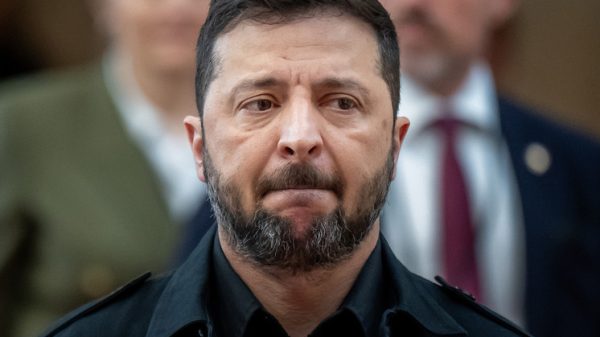



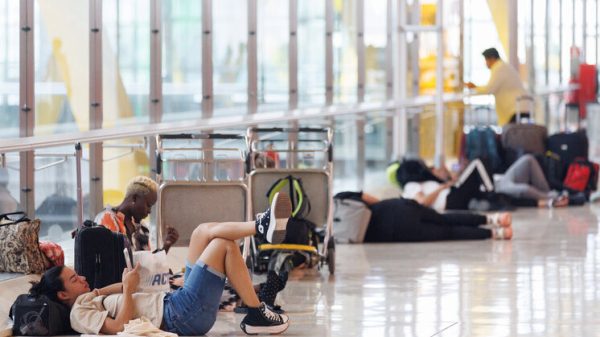
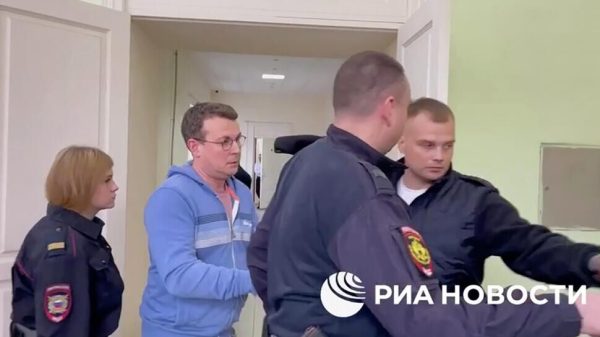
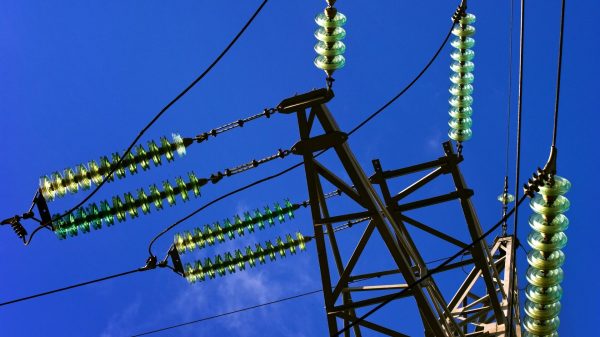
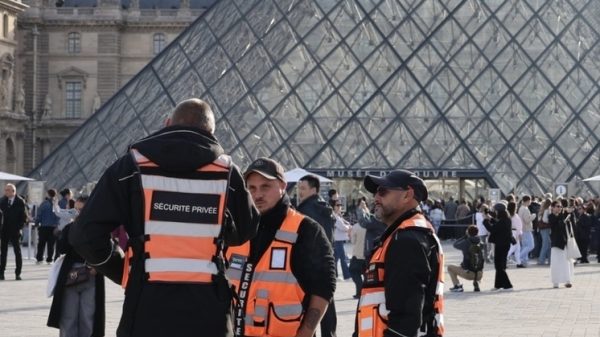



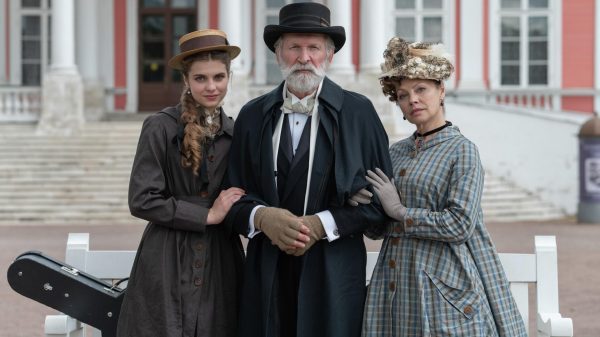
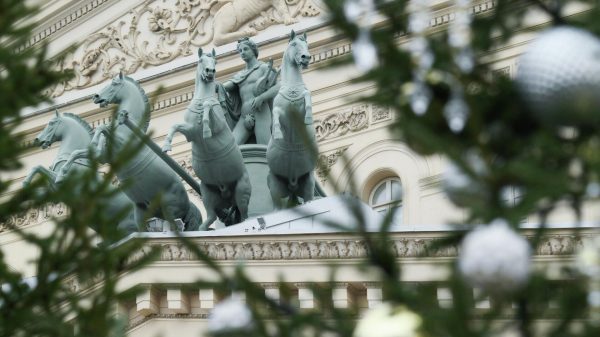

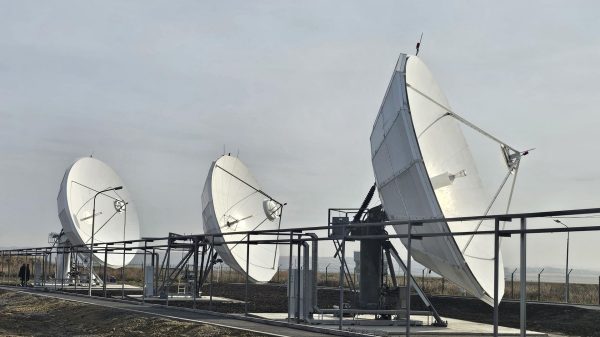
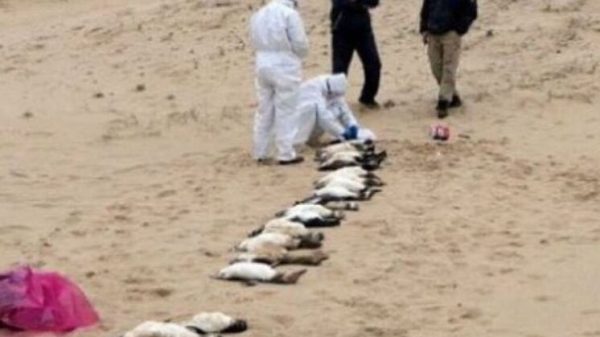
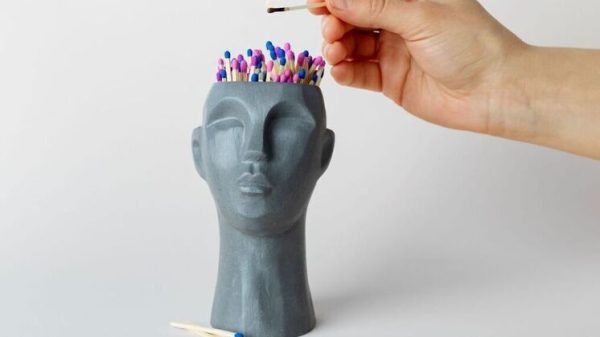
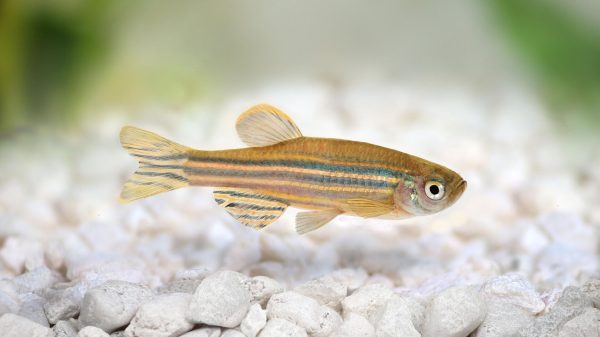









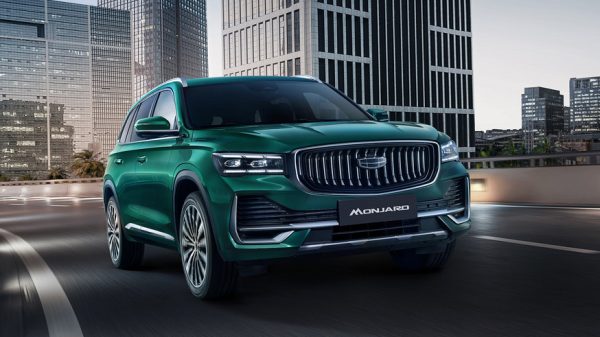

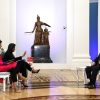

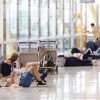
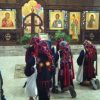
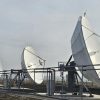

















Свежие комментарии